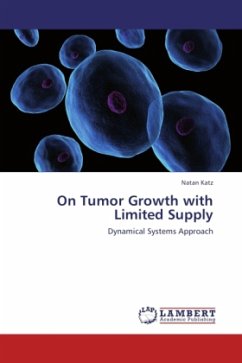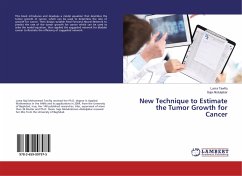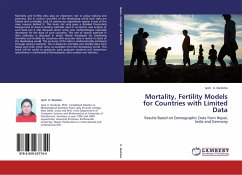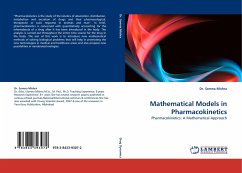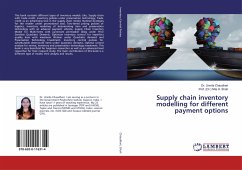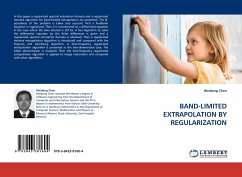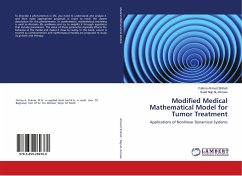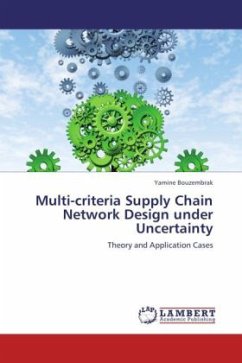The concept that by combining empirical observations of a scientific quantity with the use of numerical recipes one can obtain a coherent description of its time evolution and spatial distribution, made differential equations a substantial tool in applied science inference. Bio mathematicians in general and cancer researchers in particular use generic tools such a prey predator and Michelis-Menten for studying phenomena such as competition on resources (e.g.s nutrition which is supplied by the blood) and survival under environmental constrains (e.g. drug treatment). Mathematically, tumor models often aim to obtain an asymptotic bounded motion which may hint for controlled growth of the malignant cells. In this model we study a four dimension system that models the time evolution of both healthy and malignant cells density, the vascularization that is generated through their evolution and the nutrition density (i.e. oxygen and glucose). We aim to obtain the competition without modeling it explicitly but through the nutrition's dynamics. We are mathematically motivated by the possible existence of strange attractors in state spaces with high order dimension.

